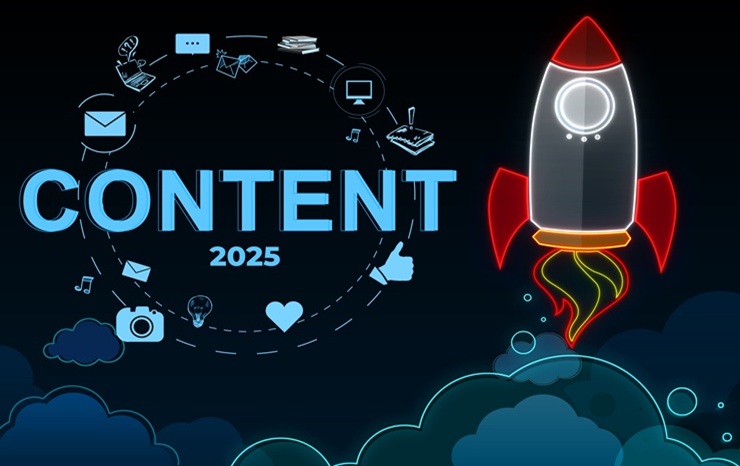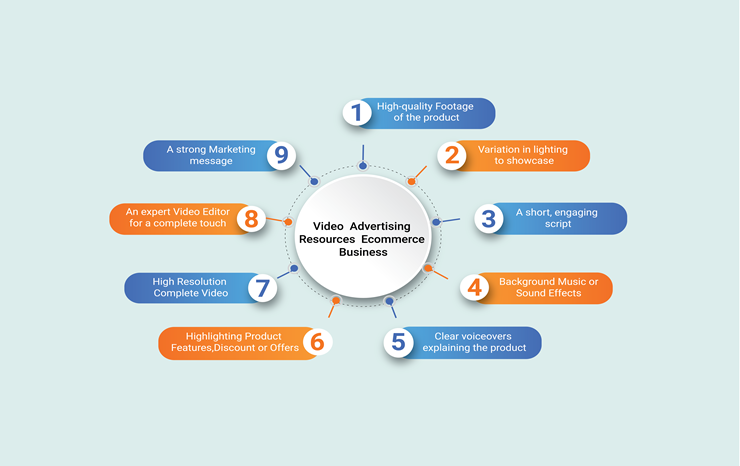What Is Supply Chain Management

Supply Chain Management (SCM) is all about making sure products get from point A to point B. It’s the process of moving goods and services from the supplier to the customer, making sure everything in between runs smoothly. This includes everything from sourcing materials, producing goods, managing inventory, and delivering products on time. Simply put, SCM is about keeping things flowing efficiently and cost-effectively while making sure customers are happy.
To put it in perspective, an efficient supply chain can make or break a business. According to Supply Chain Management Review, businesses that optimize their supply chain stand a much better chance of staying competitive and meeting customer demands quickly.
Key Parts of Supply Chain Management
When you hear “Supply Chain,” it sounds complex, right? But at its core, it’s just a series of steps that work together. Here’s a breakdown of the main components:
1. Planning
Planning is like setting a game plan before a big match. You have to forecast demand, figure out how to make products, and create strategies to get them delivered on time. It's about looking at market trends and preparing for anything that could pop up.
Gartner SCM talks about how important it is to have solid planning systems in place. These tools help businesses stay ahead of the game and adjust when things change unexpectedly.
2. Sourcing
Sourcing is all about picking the right suppliers. It’s like finding the perfect teammate who delivers high-quality materials on time. You have to build strong relationships with these suppliers, manage contracts, and keep everything running smoothly.
According to McKinsey & Company: Supply Chain, digital tools can really help businesses work better with suppliers. These tools make collaboration easier, and they ensure you’re getting the best materials at the best price.
3. Manufacturing
Now we’re talking production—getting things made! Whether you're assembling a product or manufacturing it from scratch, you need to make sure things are done on time, at a high quality, and within budget. It’s like managing a big project where every detail counts.
Forbes Supply Chain highlights how new tech like automation and IoT can help businesses keep production on track, making it more efficient and faster.
4. Logistics and Transportation
Once everything is made, you need to get it to where it needs to go. This is the transportation part—moving goods from point A to point B. It's about making sure deliveries happen on time and without a hitch.
According to Supply Chain Management Review, having a solid logistics system can make a huge difference in making sure customers get what they want on time, every time.
5. Inventory Management
This part is all about balance—keeping enough stock so you’re not caught without what you need, but also not overstocking and tying up cash in inventory. It’s all about timing and making sure you’ve got the right amount at the right time.
Companies that use modern techniques, like just-in-time (JIT) inventory, can cut down on waste and costs. Gartner SCM explains how these systems can help keep inventory costs in check.
6. Information Flow
Information is key in SCM. Everyone in the chain needs to be on the same page, and this is where data sharing comes in. Whether it's production updates or inventory levels, making sure everyone has the latest info is crucial.
As McKinsey & Company: Supply Chain points out, using real-time data and digital tools for communication is a game-changer. It keeps everything in sync and helps you avoid costly mistakes.
How to Build Supply Chain Management Software
Building your own SCM system can be a game-changer for your business. But it’s not something you just dive into without a plan. Here’s a simple guide to get you started:
1. Figure Out Your Goals
Before jumping into development, you’ve got to understand what you want your SCM software to do. Do you want it to help manage inventory, track shipments, or both? Make sure you know what pain points you’re solving for your business, and define your software’s main features.
Forbes Supply Chain explains how important it is to create software that scales with your business. Whether you're a small startup or a large company, your SCM software should be flexible enough to meet your needs as you grow.
2. Do Your Research
Take a look at other SCM software out there and figure out what works and what doesn’t. Talk to other businesses and users to get a sense of what they like or dislike. This will help you avoid making the same mistakes and build something that stands out.
Gartner SCM regularly releases reports on top SCM software, so checking those out can help you see what’s popular and what’s getting the best feedback.
3. Choose Your Tech Stack
Next, pick the right technology for your software. You’ll need to choose your backend (what runs behind the scenes) and your frontend (what users interact with). Common choices include:
-
Backend: Node.js, Java, or Python
-
Frontend: React.js, Angular, or Vue.js
-
Database: SQL (e.g., PostgreSQL) or NoSQL (e.g., MongoDB)
4. Make It User-Friendly
Your software needs to be easy to use. That means a clean, simple interface where users can quickly find what they need. This could be dashboards for tracking orders or easy-to-read charts for inventory levels. A user-friendly interface ensures your team will use the software effectively.
If you need help designing an intuitive interface, baseTOP specializes in UI/UX design to help make software easy for users to navigate.
5. Build the Features You Need
Now it’s time to start building. Include the features that will actually help your business, like:
-
Track your shipments and products as they move through the supply chain.
-
Keep an eye on stock levels and automate restocking when necessary.
-
Have a look at the data to understand your supply chain better.
-
Keep tabs on your suppliers’ performance.
6. Keep Security Tight
Since your SCM system will handle sensitive data, make sure it’s secure. Use encryption for data, set up role-based access to control who can see what, and run regular security checks to prevent data breaches.
7. Develop, Test, and Launch
Now it’s time to build and test your software. Using an agile development process (build in phases) lets you adapt as you go and get feedback early. Testing is key, so make sure everything runs smoothly before going live.
8. Train Your Team
Once the software is ready, train your team on how to use it. Have tutorials, guides, and support ready to help them get up to speed. You’ll also want to set up a support team in case anyone runs into issues.
9. Keep Improving
Once your software is live, keep track of how it’s performing. Gather feedback, look at usage data, and make improvements over time. As your business evolves, your software should, too.
Wrapping It Up
Supply Chain Management is more than just moving products around—it’s about building a streamlined system that reduces costs, boosts efficiency, and makes your customers happy. By understanding the main components and building tailored SCM software, you’ll be in a much better position to improve your operations and stay ahead of the competition.



